Laboratory of Atmospheric and Environmental Sciences
The Laboratory of Atmospheric and Environmental Sciences has two main research directions: aerosol physic and radioecology.
The research group of aerosol physics mainly deals with experimental-observational investigation and theoretical modeling of formation and evolution of aerosol particles and cluster ions. Scientific research area includes the following subjects: the formation of aerosol particles from atmospheric polluting and trace gases via gas-to-particle conversion process, including aerosol nucleation and the chemical-kinetic evolution of cluster air ions; the investigation of aerosol particle nucleation bursts, dynamics of aerosol particle and air ion size distributions and the factors influencing these processes in the atmosphere; the development of methods of electrical mobility spectrometry of aerosol particles and air ions and calibration technology of spectrometers.
Experimental research is carried out in the aerosol laboratory equipped with contemporary devices, in the Tahkuse air monitoring station and at measuring sites in Tartu, at Tõravere and Järvselja. An important part of the research work is based on electrical aerosol and air ion mobility spectrometers, the world-class original devices developed in our laboratory and produced by the small Estonian company Airel Ltd. A knowledge obtained provide a basis for understanding the mechanisms of atmospheric aerosol formation and the role of aerosols as a factor in weather and climate systems, for applications in atmospheric pollution modeling and prognosis, as well as for synthesis of nano-structures from the gas phase in nanotechnology.
These investigations are supported by the Estonian SMEAR station established in cooperation with the Estonian University of Life Sciences, Institute of Physics, Tartu Observatory, and the Estonian Meteorological and Hydrological Institute. The station is one of the most essential parts of the “Estonian Environmental Observatory” included into the Estonian Research Infrastructures Roadmap.
Electrical aerosol and air ion mobility spectrometers developed in our laboratory are produced by Estonian small company AIREL Ldt., and under the license of AIREL Ldt. the aerosol spectrometers are also produced by the USA company TSI Inc (http://www.tsi.com/Engine-Exhaust-Particle-Sizer-Spectrometer-3090/).
The research group of radioecology deals with the investigation of environmental radioactivity in Estonia for obtaining the knowledge about distribution and propagation of natural and artificial radionuclides in the soil, air and water, also for determining the radioecological propagation pathways of radionuclides and the formation of radiation dose rates, as well as the influence of the sources in energy production and radioactive waste management.
Workgroup activities comprise also development of alpha-, beta-, and gamma-radiation spectrometric and radiometric analysis methods of environmental samples, including the Low-HPGe gamma-spectrometry and liquid- scintillation methods, quality assurance arrangements of quantitative analysis of environmental samples, development and implementation of radioecological and gamma-radiation propagation modeling methods.
Radioecology workgroup members are well-recognized experts in environmental radioactivity, radiological assessment of environmental and radiation safety in Estonian, they are participating in the technology development and research projects of European Atomic Agency Community (EURATOM).
|
Image

|
Heikki Junninen |
|
Image
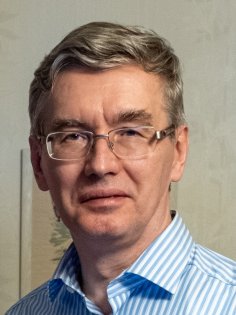
|
Urmas Hõrrak
|
|
Madis Kiisk |
|
|
Kuno Kooser |
|
|
Image

|
Xuemeng Chen |
|
Image
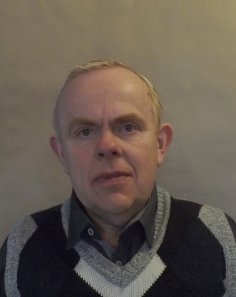
|
Aare Luts |
|
Image
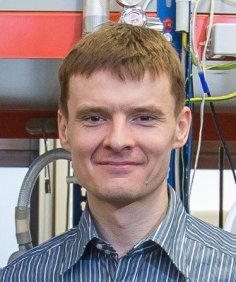
|
Sander Mirme |
|
Image
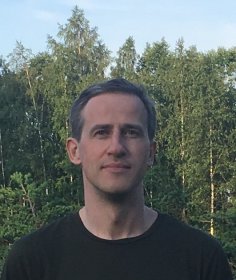
|
Marko Vana |
|
Image
|
Siiri Suursoo |
|
Volodymyr Gulik |
|
|
Image
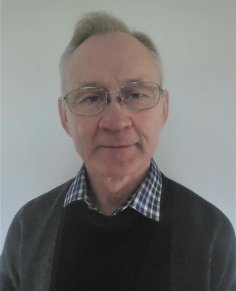
|
Madis Noppel |
|
Image

|
Kaupo Komsaare |
|
Image

|
Helina Lipp |
|
Image

|
Kalju Tamme |
|
Terje Tammekivi |
|
|
Paap Koemets |
|
|
Image

|
Kristo Hõrrak |
|
Image

|
Diana Veersalu project administrator E-mail: diana.veersalu@ut.ee Office: D510 |
|
Image
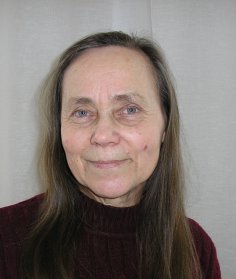
|
Hilja Iher |
|
Toomas Bernotas |
|
|
Jaan Maasepp |
|
|
Anzori Heorhadze |
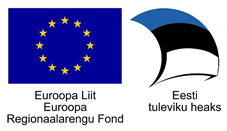
-
Personal research funding team grant "Molecular level understanding on how atmosphere transforms the new-born air ions to climatically relevant aerosol particles in clean and polluted environments" (1.01.2020−31.12.2024) PRG714, principal investigator Heikki Junninen.
-
Personal research funding team grant "Novel sulphur-tolerant fuel electrodes for reversible solid oxide cell" (01.01.2019 - 31.12.2023) PRG551, principal investigator Kuno Kooser (Institute of Physics), principal investigator Gunnar Nurk (Institute of Chemistry).
-
The State Shared Service Center project "Estonian Environmental Observatory" (1.01.2020−31.08.2023) SLTFY20632T, principal investigator Heikki Junninen.
-
National environmental monitoring program project "Complex studies of the air quality at Tahkuse in 2020" (04.05.2020−01.02.2021) LLTFY20248, principal investigator Urmas Hõrrak.
-
Mobilitas Pluss top researcher grant "Chemical composition and interactions in atmosphere: from gases to aerosols and climate change" (1.09.2017−31.08.2022) MOBTT42, European Regional Development Fund (Mobilitas+), principal investigator Heikki Junninen.
-
Ministry of Environment project "Survey on indoor radon in dwellings" (01.11.2021 - 01.11.2022) LLTFY21568, principal investigator Siiri Salupere.
-
Project "Validation of a laboratory prototype lepton ray tomography system" (1.02.2020−31.12.2020) EU48693, principal investigator Madis Kiisk.
-
Horizon 2020 programme project "Implementation of activities described in the Roadmap to Fusion during Horizon 2020 through a joint programme of the members of the EUROfusion consortium" (1.01.2014−31.12.2022) MLTFY14130R, principal investigator Madis Kiisk.
|
Image

|
Time of flight mass spectrometer VOCUS |
|
Image
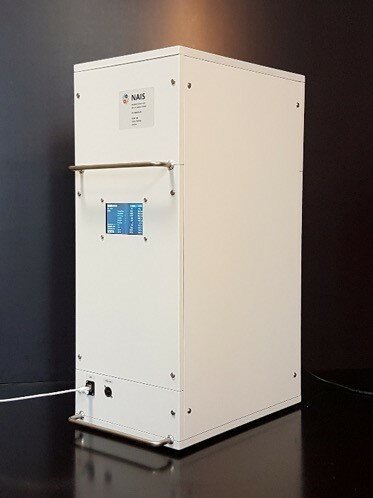
|
Neutral cluster and air ion spectrometer NAIS |
|
Image
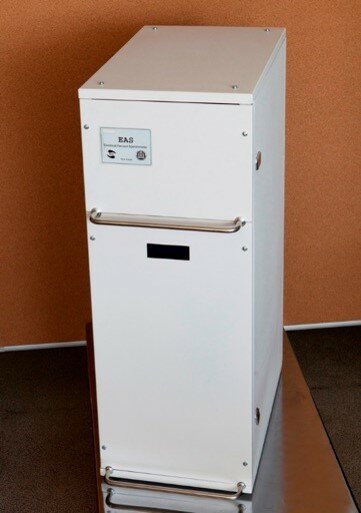
|
Electrical aerosol spectrometer EAS |
|
Image
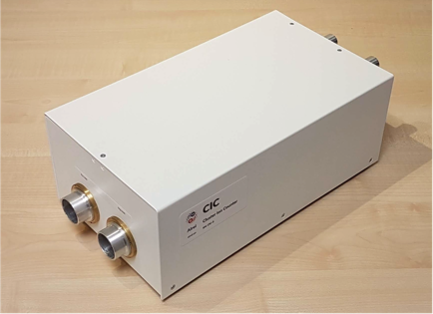
|
Cluster ion counter CIC |
|
Image
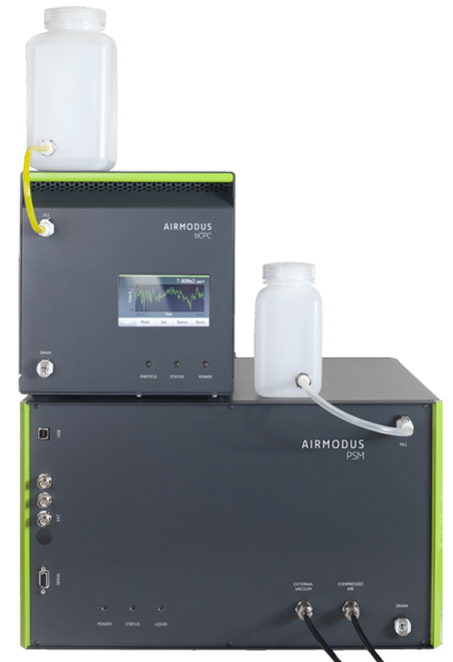
|
Aerosol spectrometer PSM |
|
Image

|
Aerosol spectrometer FMPS |
|
Image

|
Scanning mobility particle sizer SMPS |
|
Image
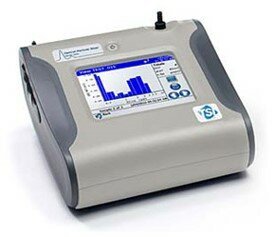
|
Optical particle sizer OPS 3330 |
|
Image
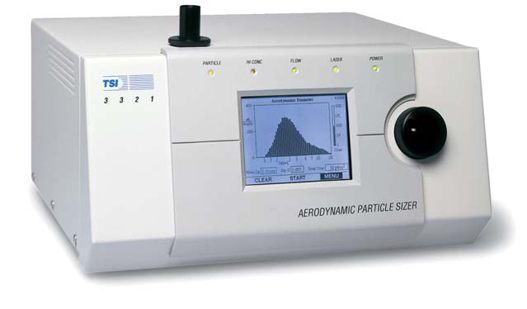
|
Aerodynamical particle sizer APS 3321 |
|
Image

|
Laser aerosol spectrometer LAS 3340 |
|
Image
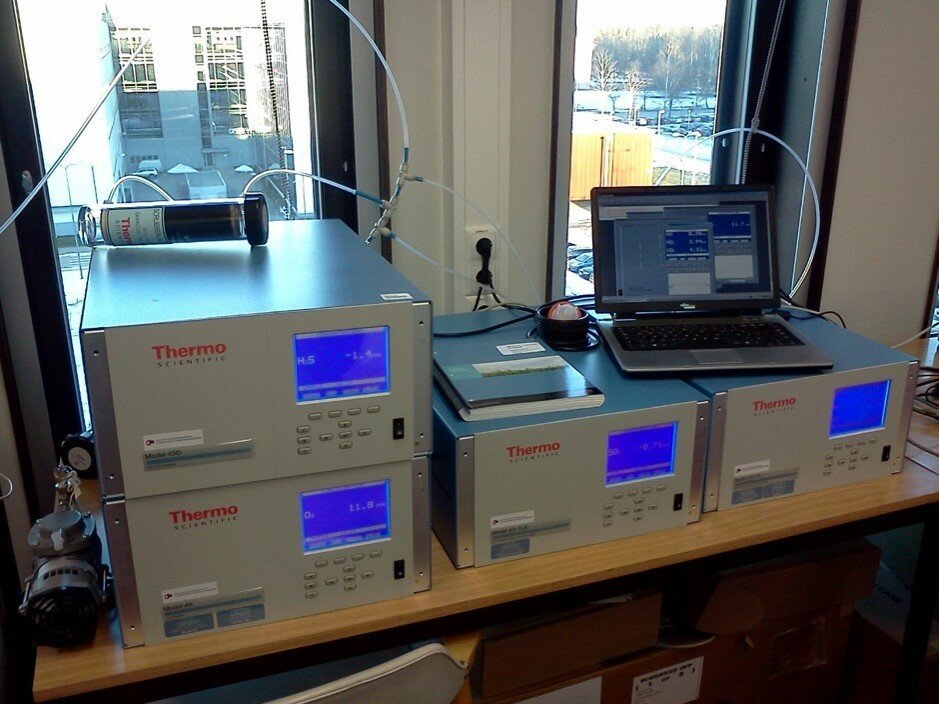
|
Gas analysers for SO2, NOx, O3, THC, H2S, CO2, CH4 ja H2O measurement |
|
Image

|
Electric field monitor CS110 |
|
Image
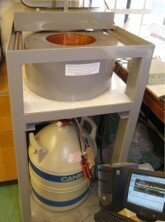
|
Gamma spectrometers Producer: BSI, Canberra, Ortec E&G Measurement range 40-3000 keV. |
|
Image
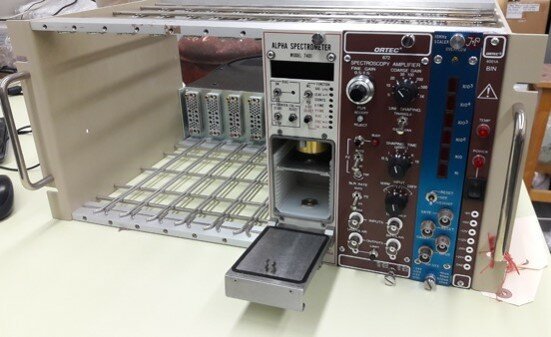
|
Alpha spectrometer Canberra 7410 Producer: Canberra |
|
Image
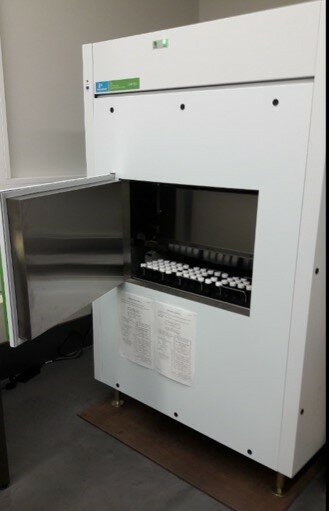
|
Liquid scintillation counter Perkin Elmer Quantulus 1220 Producer: Perkin Elmer, USA |
|
Image

|
Liquid scintillation counter Hidex Triatler Producer: Hidex |
|
Image
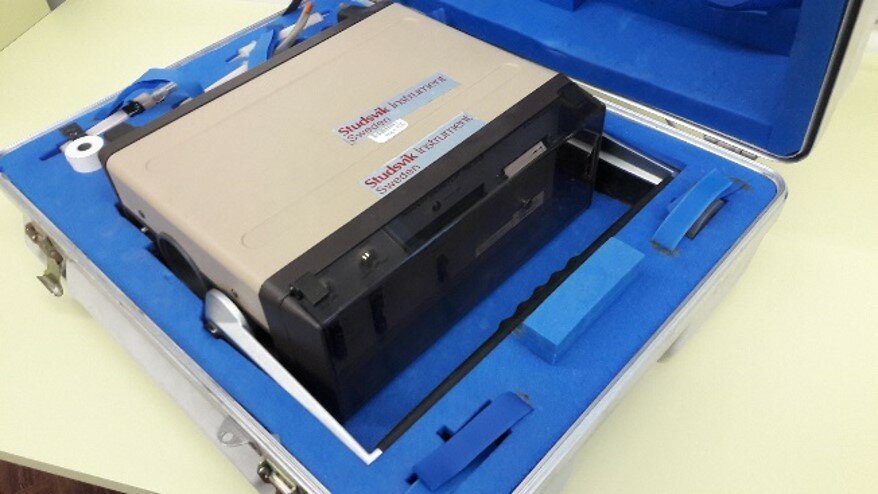
|
Portable radon monitor |
|
Image
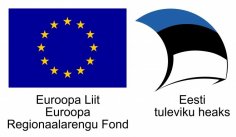
|
Image

|



